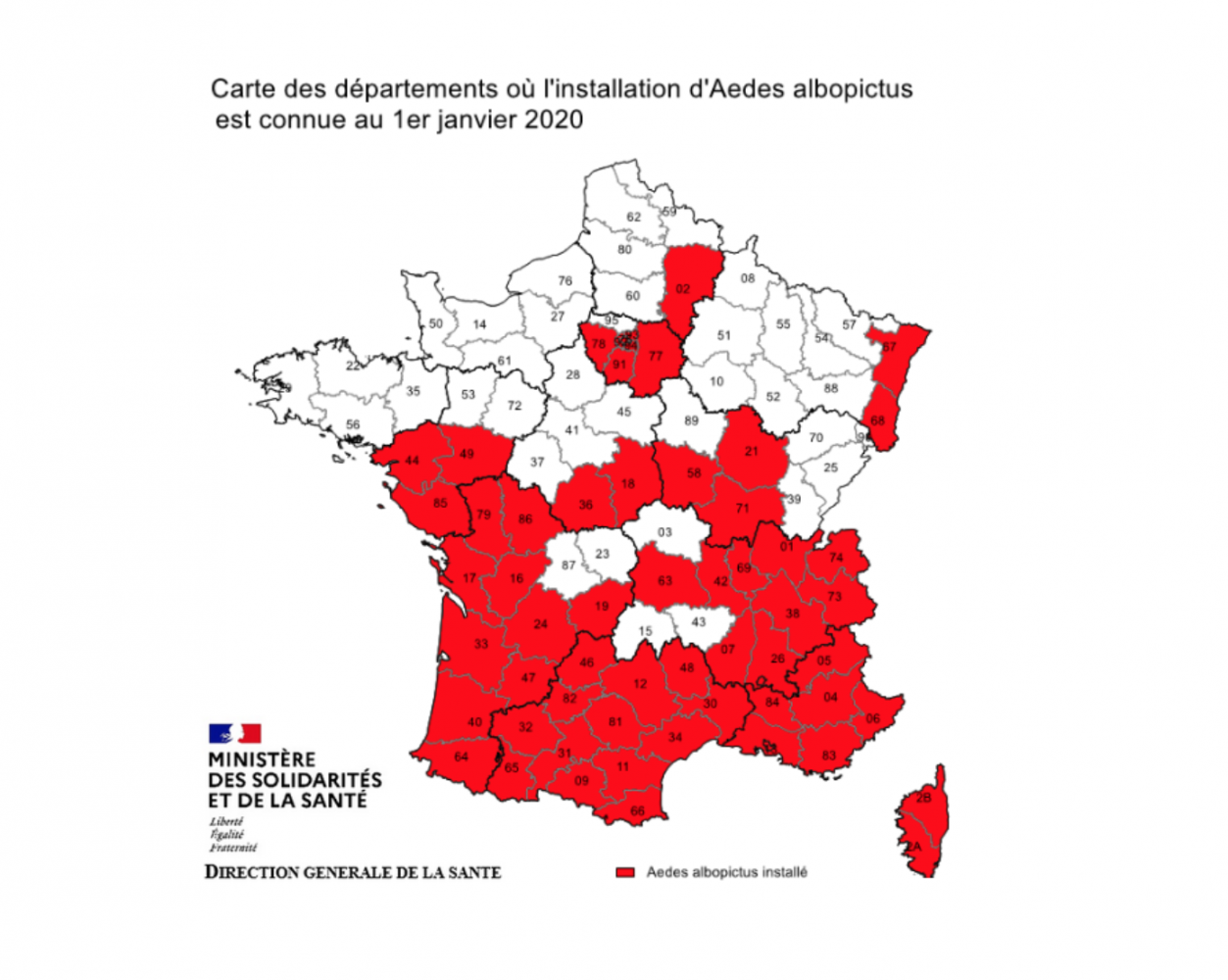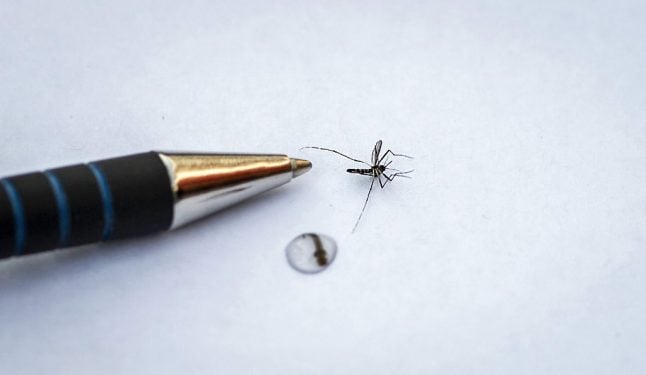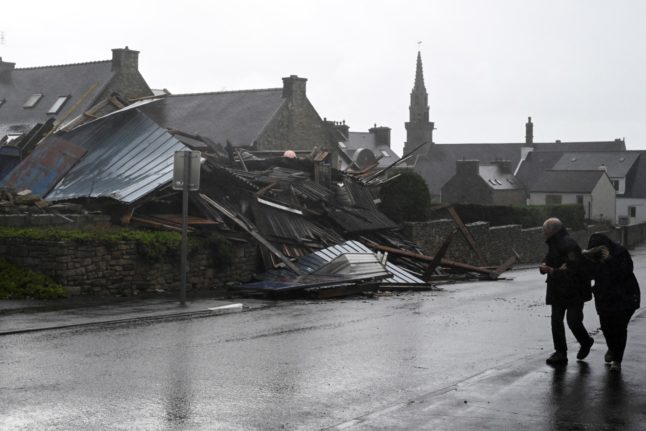This tiny black and white striped mosquito, which can deliver potentially deadly tropical diseases such as dengue fever, zika and chikungunya, was first spotted in France in 2004 and has been spreading since.
It has now colonised more than half of the départements of France, and 58 of them are on red alert (meaning that the tiger mosquito is “located there and active”), according to the mosquito vigilance website Vigilance-moustiques’s latest map.
For the moment the insects are concentrated in southern France and in almost all of the départements of the greater Paris region, except for Val d’Oise, according to the Agence régionale de santé (ARS) d'Ile-de-France.
These include Paris, and 6 other départements – Seine-et-Marne, Yvelines, Essonne, Hauts-de-Seine, Seine-Saint-Denis and Val-de-Marne.
According to Le Parisien, the ARS observed an expansion of the tiger mosquito's territory with a colonisation of several towns last year in the greater Paris Île-de-France region. The départements of Val-de-Marne and Hauts-de-Seine were the worst affected.

Map of the French départements where the tiger mosquito was spotted as of January 1st 2020. Crédit: French Ministry of Health
What about this year?
“For the moment, it is too early to establish a potential increase by département. It is difficult to foresee the dynamics of the expansion because it is influenced by the weather forecast. Warm and sunny weather alternating with showers is particularly favorable to the growth of the mosquito”, the ARS told Le Parisien.
As of now, the Île-de-France region hasn’t been hit by an increase of cases of tropical diseases, according to what the ARS told Le Parisien.
Nonetheless, actions are being taken to control the situation and wipe the insect out of the Greater Paris region.
“470 traps have been set up in the region in the general environment and around particularly sensitive sites such as hospitals, airports, and other highly frequented places by tourists,” the ARS told Le Parisien. These include Disneyland in Seine-et-Marne and the château de Vincennes in Val-de-Marne.
L’Ile-de-France en vigilance maximale face à la prolifération du #moustique tigre >> https://t.co/dwtUz8xYAi #moustiquetigre pic.twitter.com/Ghywm1yz6u
— Le Parisien Infog (@LeParisienInfog) July 13, 2020
How can you protect yourself from the tiger mosquito?
The tiger mosquito is 5mm long, half the size of a regular mosquito, so spotting it isn't that easy.
If you are in a region on red alert, the best way to avoid bites is to wear clothes that cover your body, to turn on the AC if possible (mosquitoes hate cold air) and use repellent, according to the ARS’ recommendations.
You should also make sure there is no standing water near your home or where you are staying, as this is where mosquitoes breed. Plant containers, blocked gutters and paddling pools all make good breeding grounds for these insects.
While it is important to remain vigilant, there are reportedly no cases of transmission of a virus such as dengue, zika or chikungunya by the tiger mosquito in Ile de France to this date, according to the ARS.



 Please whitelist us to continue reading.
Please whitelist us to continue reading.
Member comments